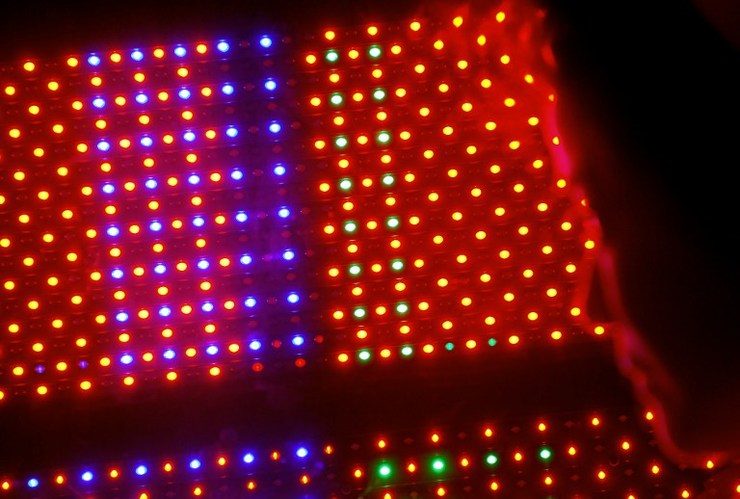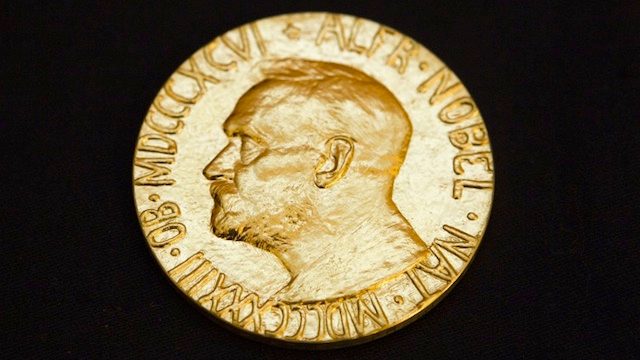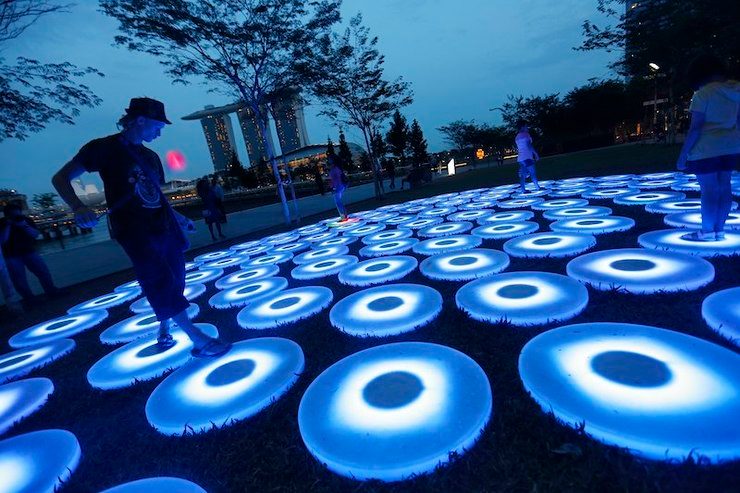SUMMARY
This is AI generated summarization, which may have errors. For context, always refer to the full article.

PARIS, France – Just over 20 years ago, 3 physicists working in two laboratories in Japan cracked a problem that had stumped rivals for decades – how to prise blue light from a semi-conductor.
The feat paved the way to a low-energy source of light for illuminating homes, buildings, computers and mobile phones.
On Tuesday, October 7, it earned Isamu Akasaki, Hiroshi Amano and Shuji Nakamura the 2014 Nobel Physics Prize, and a flow of tributes for providing the world with a weapon against global warming.

FULL COVERAGE: NOBEL SEASON 2014
Physiology/Medicine | Physics | Chemistry | Peace | Economic Sciences | Literature
By the time the trio made their breakthroughs in the early 1990s, red light-emitting diodes (LEDs) had already been around since the late 1950s, followed by green, yellow and orange by the 1970s.
Blue light, which has a much shorter wavelength, is essential in a mix with red and green to produce white light.
But it remained elusive as the scientists battled to find an appropriate conductor, shrugging off critics and doubters.
“At first, it was said that this could not be invented during the 20th century. A lot of people left (the project), but I never considered doing so at all,” Akasaki told reporters in Nagoya on Tuesday.
An LED is a diode – a device that allows electrical current to flow in only one direction between two conductive layers lying next to one another.
When electricity is passed through the diode, the atoms in one material are excited to a higher level of energy.
Some of these are shed to the other layer, an energy release that is transformed into photons, or particles of light.
The color of the light depends on the materials from which the diode is made, which is why the quest for the right conductor was so important.
Ignoring detractors, Akasaki and Amano working at Nagoya University, and now US-based Nakamura who was then working for a small company in Tokushima, stuck to their choice of gallium nitride, a hard crack-resistant compound.
“Early on, the material was considered appropriate for producing blue light, but practical difficulties had proved enormous,” said the Royal Swedish Academy of Sciences (RSAS), which selects recipients for the physics Nobel.
“No one was able to grow gallium nitride crystals of high enough quality, since it was seen as a hopeless endeavor to try to produce a fitting surface to grow the gallium nitride crystal on,” it said.
In 1986, Akasaki and Amano were the first to succeed, placing a layer of aluminum nitride on ultra-thin wafers of synthetic substrate, on which they then grew the gallium nitride crystal.
The pair produced their first blue light-emitting diode in 1992.
Nakamura used the same material but a different method – he made crystals by first growing a thin layer of gallium nitride at low temperature, and growing subsequent layers at higher temperatures.
“The laureates challenged established truths; they worked hard and took considerable risks,” said the RSAS.

“They built the equipment themselves, learnt the technology, and carried out thousands of experiments. Most of the time they failed, but they did not despair.”
Cheaper, cleaner light
Two decades later, those achievements in the lab are being turned into benefits for Earth’s beleaguered climate system.
LED lamps could save millions of tons of carbon dioxide (CO2), the principal greenhouse gas, that would otherwise be emitted to power less efficient lights.
At about 100,000 hours, LEDs last much longer than incandescent bulbs that have a lifespan of about 1,000 hours, and fluorescent lights that last about 10,000 hours.
They use about 10 times less energy, converting more of the electricity straight into photons. By comparison, about 90% of the energy used to light a 100-watt incandescent bulb is wasted as heat.
Maximum use of LEDs could cut electricity use for lighting by about 80 percent, said the Institute of Physics (IOP) in London.
“This is physics research that is having a direct impact on the grandest of scales, helping protect our environment,” said IOP president Frances Saunders.
With their low input requirements, LED lamps could be powered by cheap solar energy in poor countries, and ultraviolet LEDs, developed from the blue type, can be used to sterilize polluted water.
At just 20 years old, “the blue LED is a fundamental invention that is rapidly changing the way we bring light to every corner of the home, the street and the workplace,” said Frederick Dylla, executive director of the American Institute of Physics. – Rappler.com
Add a comment
How does this make you feel?
There are no comments yet. Add your comment to start the conversation.